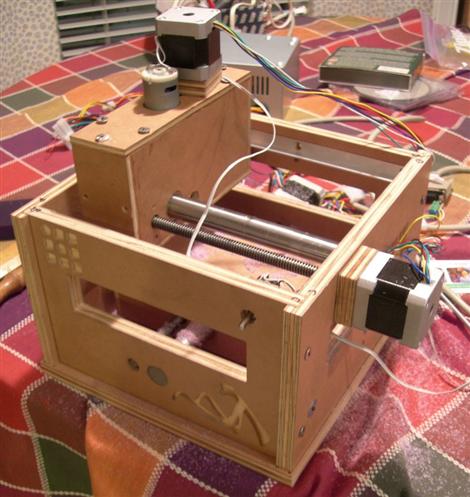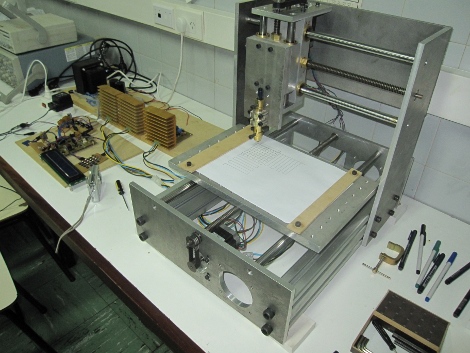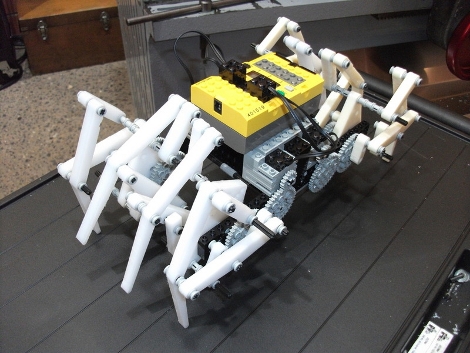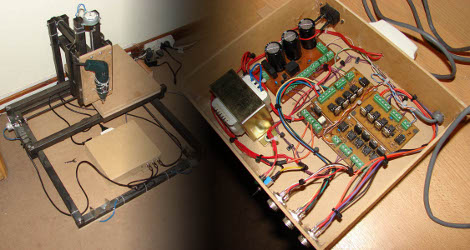
SketchChair is a piece of software that takes the engineer out of engineering furniture. In a child’s-dream-come-true you draw the outlines you’d like to have, add some legs, and the software pops out a design ready to be laser-cut. The finishing touch of adding palm fiber and felt produces what we imagine is a moderately comfortable place to sit. Now the hard part will be convincing your spouse that you should spend the money building an industrial grade laser cutter because of all the money you’ll save on furniture.
We’re still holding out for furniture that is 3d-printed from rock to match our Flintstone’s motif.
Oh, and as always, video after the break.


















